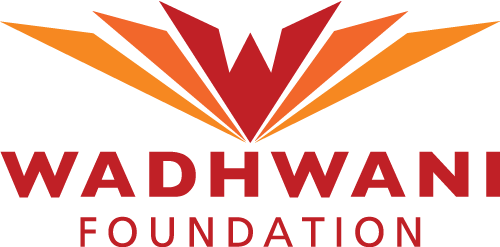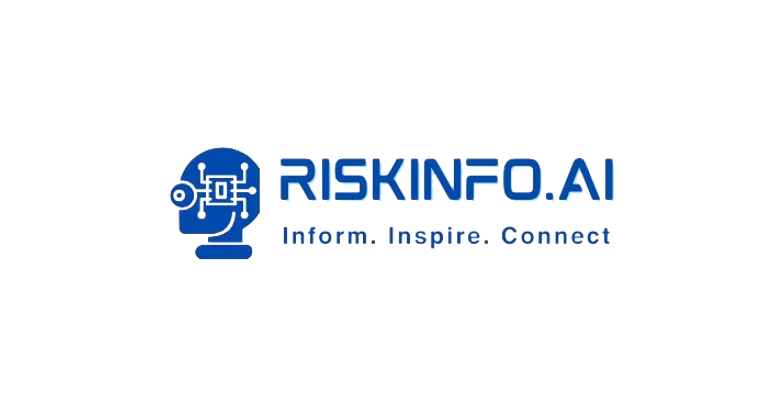MSMEs need to reskill themselves to become more progressive, open-minded and collaborative learners and doers, says Samir Sathe, Executive Vice President, Wadhwani Advantage.
By Baishakhi Dutta
Time and again, in spite of its socio-economic contribution, the Indian MSME (Micro, Small & Medium Enterprises) sector, the backbone of the Indian economy is encountered with multiple roadblocks. In an interaction with ETHRWorld, Samir Sathe, Executive Vice President, Wadhwani Advantage at Wadhwani Foundation, shares the current scenario of the Indian MSME sector, especially with the onset of challenges thrown at by COVID-19 and a tentative roadmap that can curtail further loss of the sector. Edited excerpts:
How critical is it to provide aid and infrastructure support to MSMEs to enable them and provide a golden opportunity to create jobs?
To provide aid and infrastructure support to MSMEs is more critical than ever for three reasons. First, as a result of the sheer impact of the slowdown in 2019 and COVID-19 in 2020, over a fifth of the 65 million MSMEs in India face an existential crisis. They have about 40 days of cash left. Most industries will bleed in 2020. Over a 100 million will go back to poverty, over 60 million will be rendered unemployed, and a 100 million will be in disguised employment or sub-optimally employed implying that their worth and their skills will be misaligned.
Second, the disruption in ecosystem has caused both demand and supply disruptions and infrastructure is highly correlated with the economic growth. Third, the support also needs to come from large corporates and not only the government. However, given the tight resource constraints, any ill-timed infrastructure push may create an imbalance between investments, supply and demand; so while it is necessary, we need to time it well.
How should the MSME sector be strengthened to spur job creation and build creditworthiness?
We need to focus on those MSMEs, industries and clusters which will ultimately create scale. Our vision at Wadhwani Advantage is to build a competitive thriving MSME ecosystem as against a suboptimal and large ecosystem. So the first task is to get the priority right rather than democratising everything. The second task is to ensure that credit does not land up in a debt trap. That would be a big risk to the Indian economy. So, we need to be careful not to manage short-term by risking the long-term. Lending judiciously is important, and I do not blame banks for being cautious. The third task is that we must sweat the credit to generate sufficient returns. That means MSMEs need to put money to good use.
How Wadhwani Foundation is working towards bridging this existing gap?
Let us take the example of the ‘Wadhwani Sahayata Initiative’. Wadhwani Foundation has just launched this initiative in partnership with leading NBFCs, banks and a host of consulting and advisory partners aimed at making entrepreneurs learn to solve their problems on their own by providing them knowledge, Do-It-Yourself tools and a curated network of consultants and advisors by partnering with leading firms. We are making it also affordable for them to seek help and finally governing it with a strong Programme Management Office (PMO) support.
If MSMEs obtain the right advice on the usage of money lent to them, it will improve their creditworthiness. Improved competitiveness will save and create jobs. We estimate millions of jobs being lost or disguised or sub-optimally conducted. So, if we improve competitiveness and creditworthiness, I see job preservation and creation happening.
What is the economic and business outlook for MSMEs post-pandemic?
In India, MSME revenue pool will contract anywhere between 10-25% in 2020. By the first half of 2021, the situation may improve marginally, and by the second half, we will see revival. I expect consolidation in many sectors and disruption in most.
Our mindsets must change fast to accept this and MSMEs in the post-pandemic world will need to question themselves hard on what do they stand for, what should be their business and the model of engagement with customers. Cost structure would tend to behave erratically and will tilt more towards variable than fixed. Margins will be under severe pressure, and profits would be even more important than top-line. Businesses would need to collaborate more than compete with each other. Macro-economically, GDP will contract and would oscillate between minus 3 and 2% in 2020, improving to 4% optimistically in 2021 and should return to 7% by 2022. Non-oil inflation will shoot in short-term and may stabilise in 2021. Unemployment will hover between 10-20% by the end of 2020.
How can private companies, funds and NGOs work with the government to ensure that the MSMEs, startups, entrepreneurs, education and skilling sector are overhauled?
Private companies, funds and NGOs need to work with the government to align the competing interests at the national, regional, cluster, state, district, city, town and village level. They need to mobilise resources smartly so that India stands a chance to be competitive at scale. The education framework is adopting digital mechanism rapidly, and the nature of education needs to be overhauled to speak to the needs of the science, industry and talent.
I foresee that reskilling will be more important if talent were to meet its potential and create value. It boils down to a cross-functional and constructive dialogue between ministries, private and public sectors, education to arrive at a globally optimum decision. Else, we run the risk of trading between the motives of each actor in the ecosystem.
Which are the operational areas that require skill development in MSMEs at the moment?
MSMEs need to build management capabilities, implementation and programme management capabilities, and partnership and core thinking skills. They need to reskill themselves to become more progressive, open-minded and collaborative learners and doers. This is different from what we have seen in the past. All employees and employers need to become proactive, entrepreneurial at their levels and quickly recognise the need to reskill themselves in technical domains such as data analytics, artificial intelligence in addition to their traditional functional and domain skills.
How has the adoption of digital been in Indian MSMEs?
COVID-19 has seen rapid adoption of digital in sales, marketing and HR. Operations is following suit. Platforms in payment, data, videos, voice, fintech, healthtech and agritech are seeing rapid adoption. Interestingly even micro-entrepreneurs are adopting digital fast. One in every five micro-entrepreneurs is showing interest in adopting digital as compared to the earlier one in every 10. Among SMEs, there is a renewed interest in adapting to change by mixing digital with their traditional businesses. Of course, this is a generalisation. Incidence has gone up, but the effectiveness remains to be seen.
Post-COVID-19 requires all sorts of businesses to go digital – Are MSMEs prepared sufficiently?
No, the MSMEs are not fully prepared to go digital. They are warming up, but they need to know a bunch of basics about going digital. We at Wadhwani Foundation have built a tool on Digital Marketing that allows entrepreneurs to know their preparedness in being digital and going digital. That is the first step. Luckily in India, we have service providers who have talent in digital. It will take time, but it will happen.
What infrastructure is required to provide these skills in the workforce?
Modern self-paced Learning Management Pedagogy, deep understanding of the workforce persona and use cases, domain knowledge curricula, an ability to strike a balance between personalisation and standardisation, sufficient capital and reach to the beneficiaries are six essential ingredients of infrastructural support that MSMEs need. Any gap will mean that we are dealing with sub-optimal outcomes. India is inherently skilled and intelligent.
We need soft and hard infrastructure to make our workforce globally competitive. My recipe for building workforce skills will be to take examples of Germany, Australia, Singapore, Korea, Japan, the US, Switzerland and some Scandinavian countries and combine the learnings and best practices with the basic Indian intelligence and traditional wisdom.
Source: ET HRWorld




